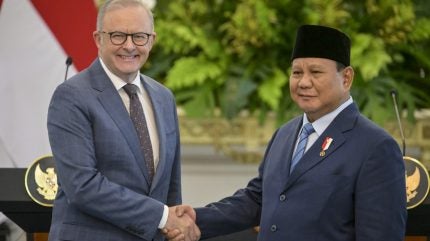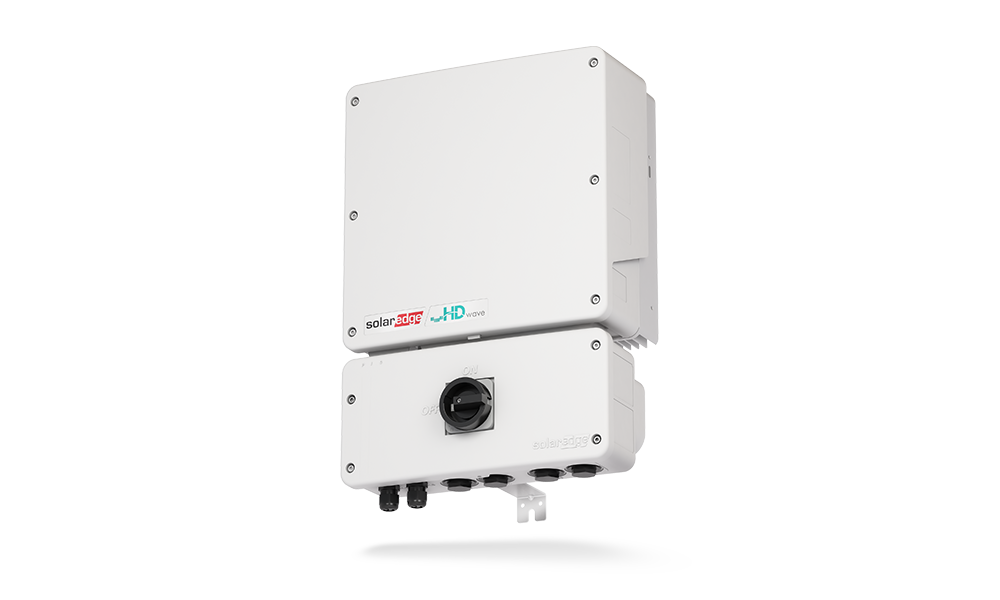Mining companies have been urged to work with governments, transmission developers and energy providers to deliver a coordinated approach to building energy infrastructure in the Pilbara.
A report commissioned by the Federal Government’s Clean Energy Finance Corporation found that more than $30 billion could be saved over the next 25 years through a coordinated approach to developing renewable electricity transmission and generation infrastructure in the region.
The Marsden Jacob Associates report, ‘Common-user transmission and decarbonising Pilbara energy demand’, supported a shared transmission model rather than what it calls an “autarkic” model, in which mining companies build their own infrastructure, leading to potential duplication of assets.
“Currently, the Pilbara industries that dominate ambitions to decarbonise and realise energy efficiencies are those autarkic sectors and companies (predominantly the iron ore mining sector) that have the resources to determine the fates of their own energy infrastructure,” the report said.
“In the autarky case, the iron ore mining sector realises the benefits of electrification though investing in its own sole-use transmission infrastructure.”
According to the report, a “common user transmission infrastructure” would significantly decarbonise the Pilbara and be cheaper to build and operate.
The estimated $30 billion savings opportunity included $4 billion in avoided transmission costs and $26 billion in avoided generation and storage costs over 25 years.
“Over the 25 years to 2050, the autarky case involves a total cost of $157 billion compared to $126 billion in the base case (25 per cent higher),” the report said.
It argued that a common-user model created better opportunities to plan at a network-system level, engage stakeholders including Traditional Owners, streamline processes, reduce system costs, and accelerate energy transition timelines.
It also noted that a common user model could help develop adjacent green industries in the region.
“Electrification is a key means for achieving the emissions reduction targets in the Pilbara region,” the report said.
“The on-site decarbonisation of heavy industries largely relies on the ability to electrify existing practices to displace existing use of fossil fuel primary energy sources.
“Then the electricity system needs to transform to renewable generation from what is currently a 98 per cent fossil fuel and 2 per cent renewables system under the North West Interconnected System.”
The report said the Pilbara is rich in solar and wind resources, making it suitable for new green industries.
“The Pilbara is a key region for growth of new green industries, especially green iron/steel, green ammonia and green hydrogen.”
The report also projected a 21 per cent reduction in land required for transmission and a 29 per cent reduction in new transmission line length under a common user approach, as well as a 16 per cent reduction in required renewable energy and storage capacity assets due to greater efficiency.
Clean Energy Finance Corporation chief executive officer Ian Learmonth said the Pilbara is one of Australia’s economic powerhouses, and the region has a critical opportunity to lead the nation’s industrial decarbonisation.
“This report confirms that smarter, shared infrastructure delivers both climate and economic wins. It is the kind of solution that strengthens Australia’s position as a future energy superpower,” Learmonth said.
“We are proud to support this work, building on the WA Government’s leadership in advancing shared transmission planning in the Pilbara. It shows what can be achieved when policy leadership, commercial opportunity and clean energy innovation come together with a shared goal.”
Want to connect with the mining industry? Register to attend AIMEX and WA Mining Conference.




